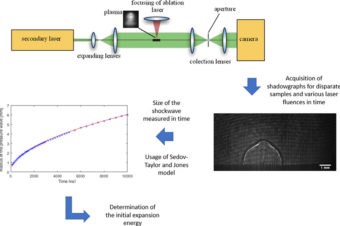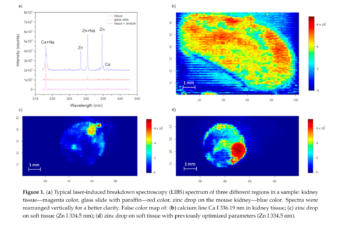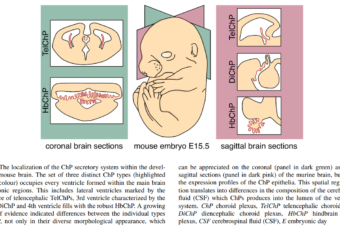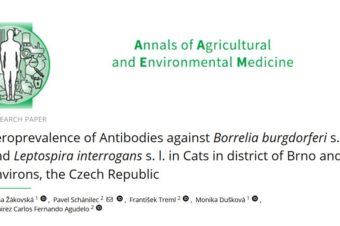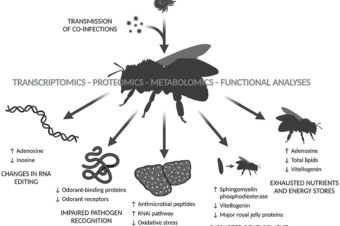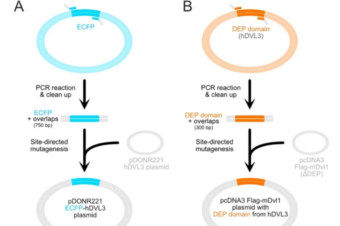
A suggested mechanism of PCP-dependent activation of cell contractility through the binding of cytoplasmic PCP proteins prickle (Pk), dishevelled (Dvl) and casein kinase 1ε (CK1) to actomyosin proteins Rap1GAP2 and myosin light chain (MLC), leading to its phosphorylation (pMLC) through Rap1. This model is based on our experimental data in MDCK cells and in the neural plate of Xenopus embryos. We suggest that the key event in this process is the right balance of pMLC levels, which are regulated by cytoplasmic PCP proteins.
Abstract
Actomyosin contractility represents an ancient feature of eukaryotic cells participating in many developmental and homeostasis events, including tissue morphogenesis, muscle contraction and cell migration, with dysregulation implicated in various pathological conditions, such as cancer. At the molecular level, actomyosin comprises actin bundles and myosin motor proteins that are sensitive to posttranslational modifications like phosphorylation. While the molecular components of actomyosin are well understood, the coordination of contractility by extracellular and intracellular signals, particularly from cellular signalling pathways, remains incompletely elucidated.
This study focuses on WNT/planar cell polarity (PCP) signalling, previously associated with actomyosin contractility during vertebrate neurulation. Our investigation reveals that the main cytoplasmic PCP proteins, Prickle and Dishevelled, interact with key actomyosin components such as myosin light chain 9 (MLC9), leading to its phosphorylation and localized activation. Using proteomics and microscopy approaches, we demonstrate that both PCP proteins actively control actomyosin contractility through Rap1 small GTPases in relevant in vitro and in vivo models. These findings unveil a novel mechanism of how PCP signalling regulates actomyosin contractility through MLC9 and Rap1 that is relevant to vertebrate neurulation.
Authors
Sarka Novotna, Lorena Agostini Maia, Katarzyna Anna Radaszkiewicz, Pavel Roudnicky and Jakub Harnos
